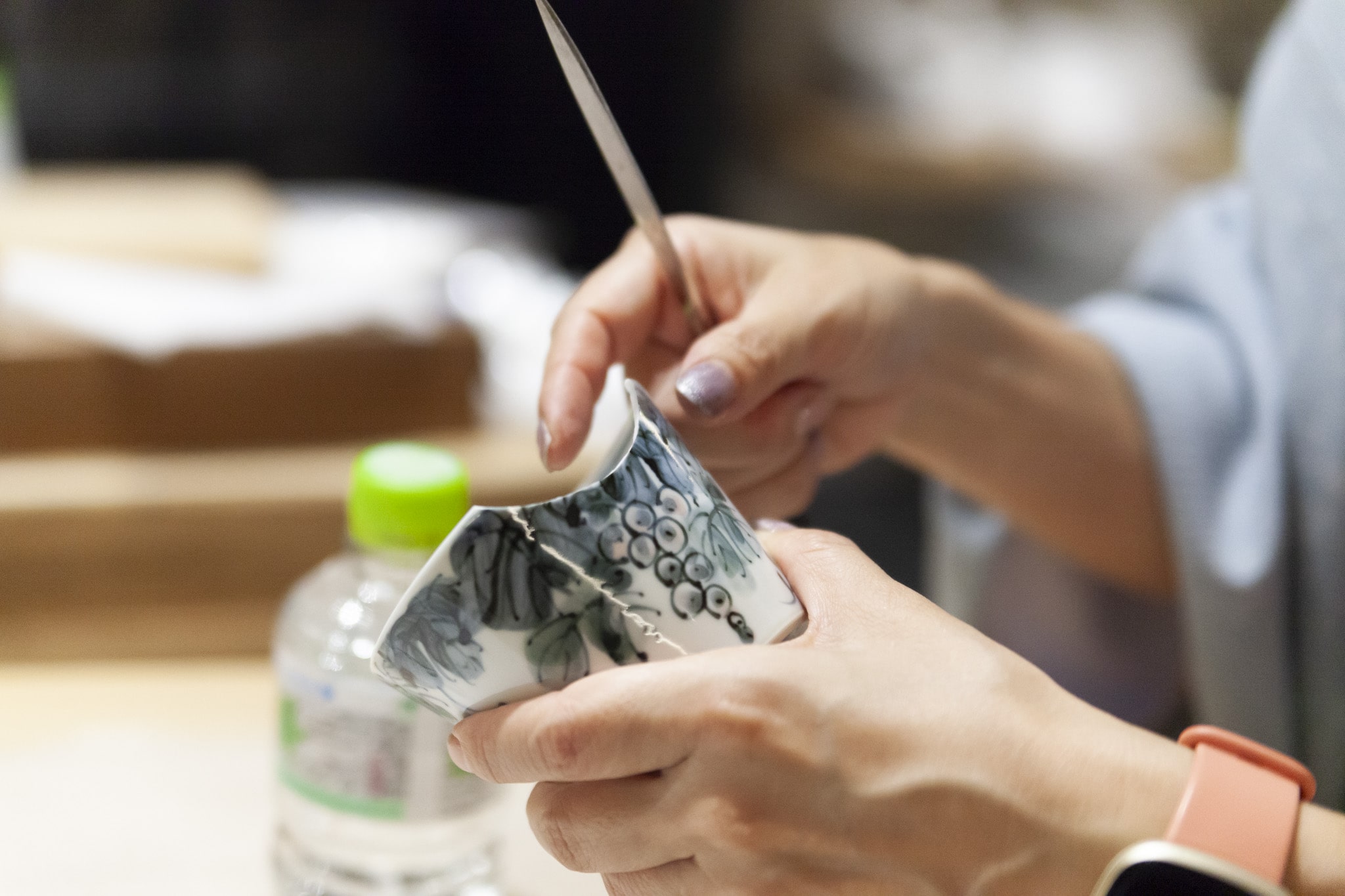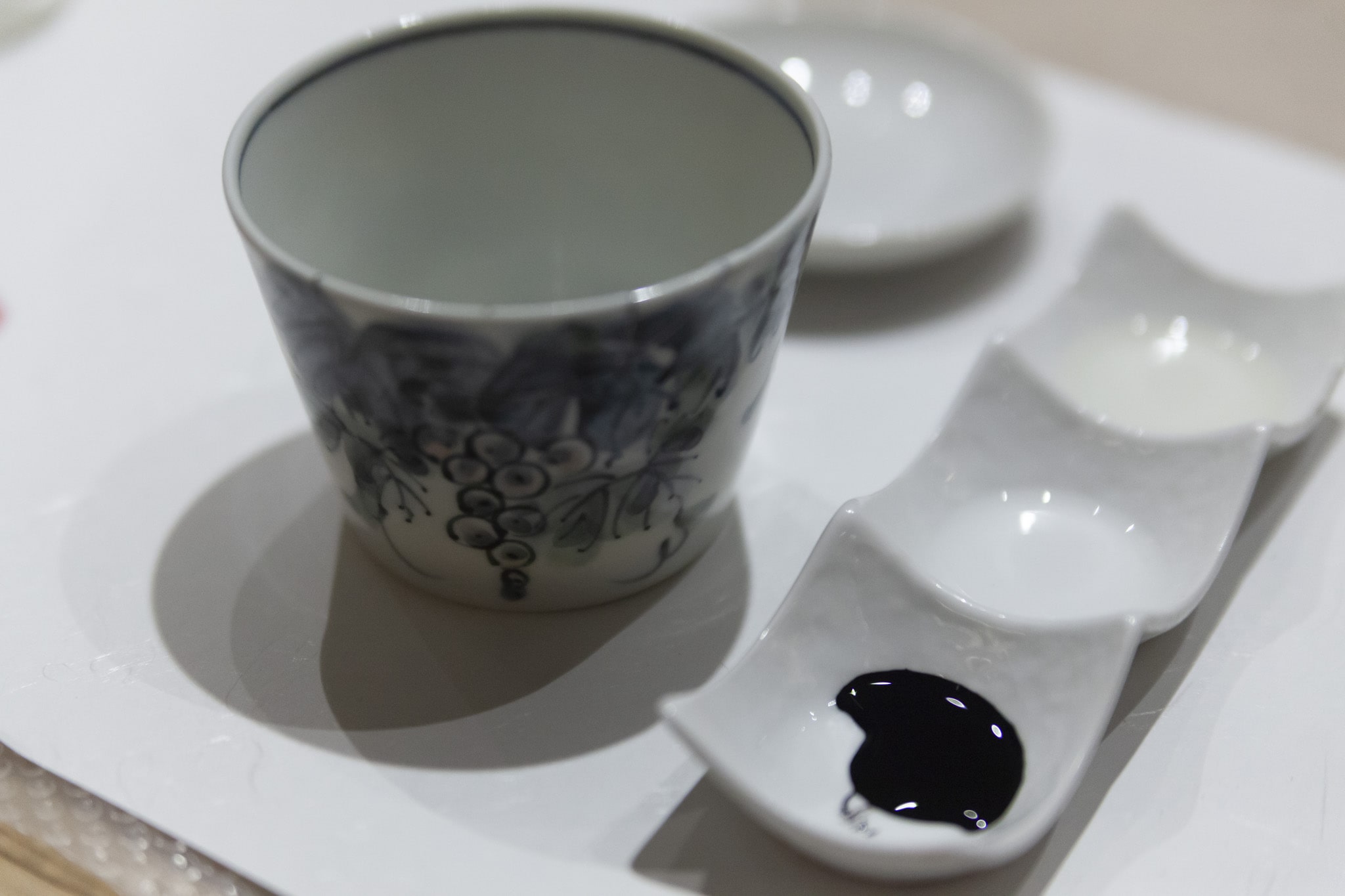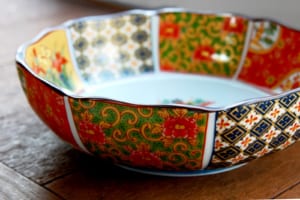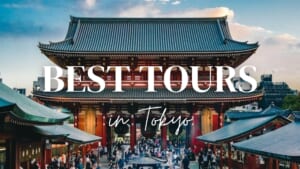Kintsugi Experience in Tokyo: Japanese Traditional Art of Broken Pottery
Repair a broken pottery using powdered gold with the Japanese traditional art of Kintsugi

The energetic capital of Japan, Tokyo, ranks among the world’s top tourist destinations. It’s recognized for its towering skyscrapers and lively city streets adorned with neon lights and old temples and shrines, presenting an interesting fusion. Travelers can discover iconic landmarks, indulge in the world’s finest cuisine, and immerse themselves in local culture and traditions.
These days, more people are choosing real experiences over busy tourist spots, and Tokyo offers a lot of fun and unique things to do! From trying on traditional kimonos or cooking classes to Ukiyo-e motif dyeing workshops, there are so many options that it can be hard to decide what to do, especially if you’re visiting for the first time.
I had the chance to try something I’d wanted to do for a long time: a Kintsugi workshop in Tokyo. Kintusig, the traditional Japanese art of broken pottery, has become popular for its meaning. It shows that when something is broken, it’s not thrown away; instead, it’s fixed.
This Kintsugi workshop in Tokyo was really interesting and a lot of fun, so I want to share my experience with you!
*Please note that this article contains affiliate links.
What is Kintsugi?
Kintsugi is a Japanese art form that repairs broken pottery using lacquer mixed with powdered gold, silver, or platinum. Instead of hiding the cracks, Kintsugi highlights them, symbolizing the beauty of imperfection and the value of resilience. Rooted in the aesthetic philosophy of wabi-sabi, it celebrates the passage of time and embraces impermanence.
Originating in the 15th century, Kintsugi’s practice of mending broken ceramics with precious metals not only restores objects but also honors their history. Today, it is a profound metaphor for healing and personal growth, reminding us that our scars can become part of our beauty and strength.
Kintsugi Experience in Tokyo: How to Bring New Life to Broken Pottery
Utsuwa Omusubi HANARE is a specialty shop of Japanese tableware operated by a longstanding wholesaler. Established in 1986 in Minami-Aoyama, Tokyo, the store has supplied tableware to numerous renowned Japanese restaurants. In addition to the gallery, Utsuwa Omusubi HANARE offers a dedicated workshop space where visitors, both local and international, can learn the ancient Japanese art of repairing broken pottery.
The traditional kintsugi uses urushi, a natural resin that provides a highly durable and glossy finish. However, this resin is slow to cure, requiring the application of multiple coats and extended waiting periods, sometimes stretching to weeks or even months (up to 6 months for complex pieces).
Waiting such a long time is not practical for someone who is traveling and requires a professional level. So, in this workshop, we are going to use a modern Kintsugi style that doesn’t use urushi but can be finished in a few hours.
My Experience at the Kintsugi Workshop in Tokyo
The Utsuwa Omusubi HANARE gallery and workshop space are easily accessible from Omotesando metro station(or if you are shopping in the Harajuku area, you can walk around 20 minutes). The gallery is located in an apartment building, but Aya, the director and instructor for the English Kintsugi workshops, was waiting for us at the door, dressed in a beautiful kimono.
Upon entering the workshop space, the first thing we noticed was a really pleasant smell and the beautiful tableware collection. After admiring the venue and the presentations, Aya began with a brief introduction to Kintsugi.
Then came the moment to select which piece to repair from several options. My companion and I chose a cup and a plate to observe the process with both.
To my surprise, as I wasn’t expecting this step, the first thing to do was to file down the broken parts to make it easier for them to stick together later.
After smoothing the edges, it was time to fit and glue the broken pieces together carefully. We used gentle tape to hold them in place and let them dry.
While we waited, Aya shared more about Kintsugi’s history, its techniques, and why it’s important in Japanese culture.
The process, which turned out to be more detailed than we thought, involved a few steps: cleaning up extra glue, filling any gaps with a special paste, and then carefully painting over the repaired area with a special product.
During the next waiting break, we had a delightful surprise we weren’t expecting. Japanese green tea paired with a traditional sweet! They let you choose from various tableware sets available in the gallery so you can create your own combination. This part was really fun for me but also challenging: there was so much variety, and everything looked beautiful, so it was hard to decide!
The type of sweet varies depending on the day, but in our case, it was Kuri manju, a traditional Japanese sweet consisting of a soft, steamed bun filled with sweetened chestnut paste.
Finally, we reached the part we had all been waiting for—the finishing touch! We decorated the broken ceramics with either gold or silver powder. While gold is more popular, silver powder is also widely used in Kintsugi because it can better complement certain colors.
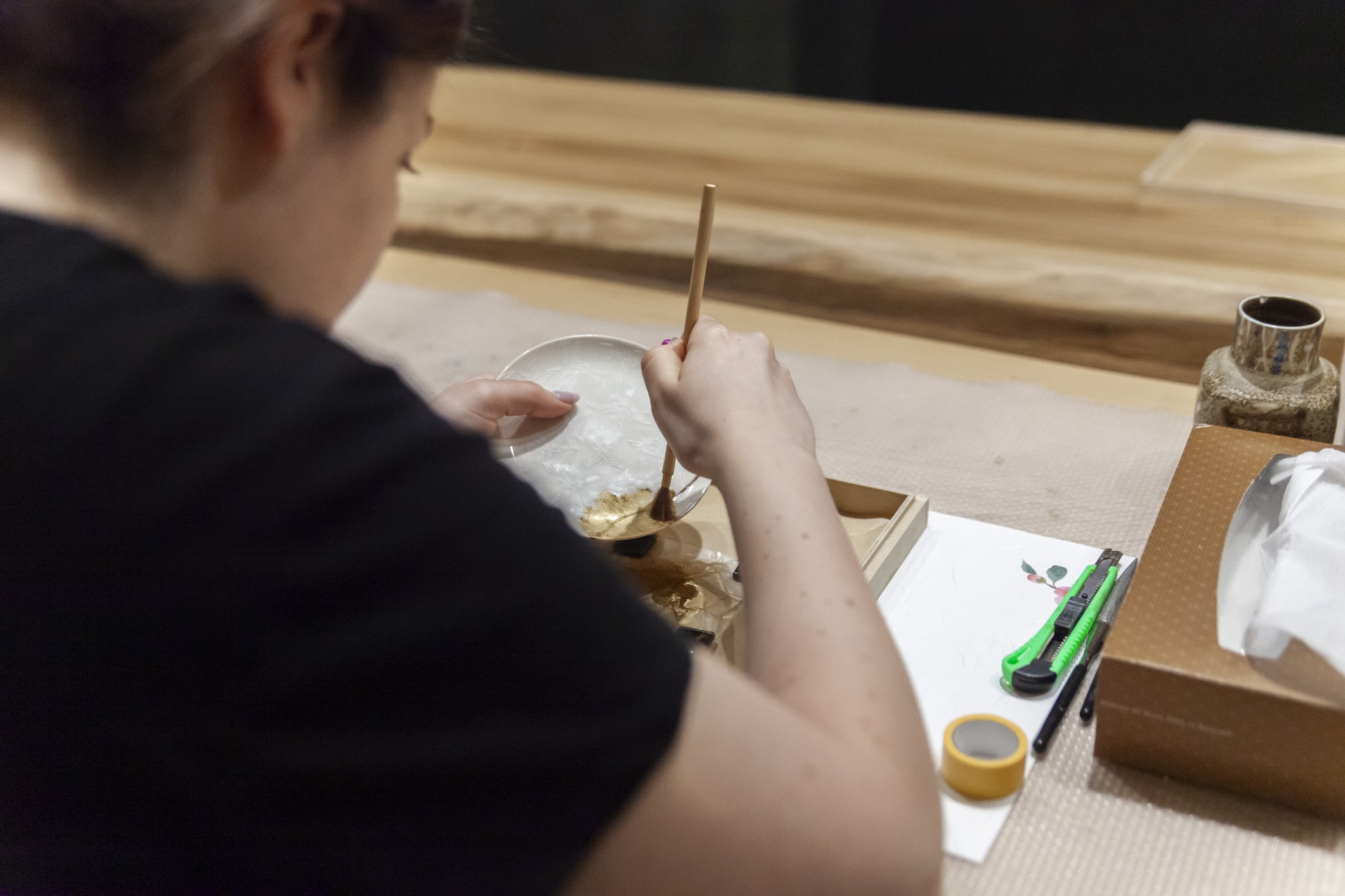
And there you have it! Your repaired ceramic piece is now ready.
Aya carefully packed them in wooden boxes with the engraved logo, which I found very elegant and appealing. It truly reflects the meticulous attention to detail in Japan.
Overall
This workshop is a perfect activity for couples or close friends. Instead of buying new Japanese pottery, you can fix something that is broken, creating valued memories with your loved ones.
Aya shared a story with us, and I’d like to pass it along because we found it incredibly moving. They had a customer, an elderly gentleman whose wife had passed away, and one of his favorite cups had broken. When they repaired the cup using the art of Kintsugi and returned it to him, the gentleman started crying. This deeply touched Aya and made her appreciate and cherish their work even more
It’s a reminder that the value of things that break lies not in their material worth but in their sentimental value. Sure, it might be easier to discard a broken cup and buy a new one, but those memories are irreplaceable.
The Kintsugi Workshop in Tokyo is a unique and original way to create a souvenir to bring home for yourself or gift to someone special. Aya is really nice and kind and helps and guides you through the process. It’s totally recommended!!
About Wabunka
Founded in 2019, Wabunka is a Japanese company that offers unique experience plans for overseas clients and VIP customers in collaboration with local businesses and skilled craftsmen.
If you are looking for a high-value and original experience on your trip to Japan instead of the usual tourist activities, check out their website! I really recommend the ukiyo-e motif dyeing workshop, but maybe you prefer a different one.
Wabunka Website: https://wabunka-lux.jp/
If is your first time in Tokyo, check our bucket list! ▶︎30 Best Things to Do in Tokyo
▽Transportation Guide for Other Popular Destinations▽
▶︎The Ultimate Guide for Transportation in Tokyo
▶︎20 Best Restaurants in Tokyo
▶︎10 Best Luxury Hotels in Tokyo
▽Subscribe to our free news magazine!▽
Did you liked it!? For more interesting activities and places to visit in Tokyo, check these articles too!
▽Related Articles▽
▼Editor’s Picks▼
Written by
From Barcelona to Tokyo. Coffee & Adventure lover.
I started to like Japan because of the anime, music and dramas, but after my first trip to the country I found what I love the most: traveling around, the culture and history. I have travelled a lot in Japan, but I still have many places to discover that I want to share with you. Let’s discover Japan together!
Also, as a foreigner living in Japan for over 6 years I understand what kind of things are difficult when you move here and I want to help other people in the same situation that I have in the past.












